How to connect a printer to a computer via Wi-Fi?

The last ten years have ushered in the era of mobility, and manufacturers have begun to gradually move to wireless technologies, introducing them into almost everything. The means of outputting information to a physical medium did not go unnoticed, so it is worth taking a closer look at how to connect a printer to a computer via Wi-Fi.
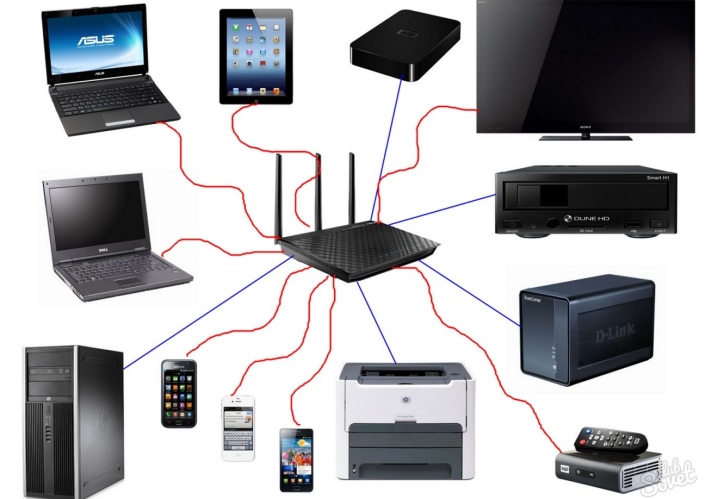
How to connect?
First of all, to connect your printer to your computer using a wireless network, you need a router. It will allow you to create the necessary access points, which will help you subsequently print any document.
To connect, you can use a device equipped with a USB port for physically connecting the printer, or a standard Wi-Fi router if the press has an adapter.
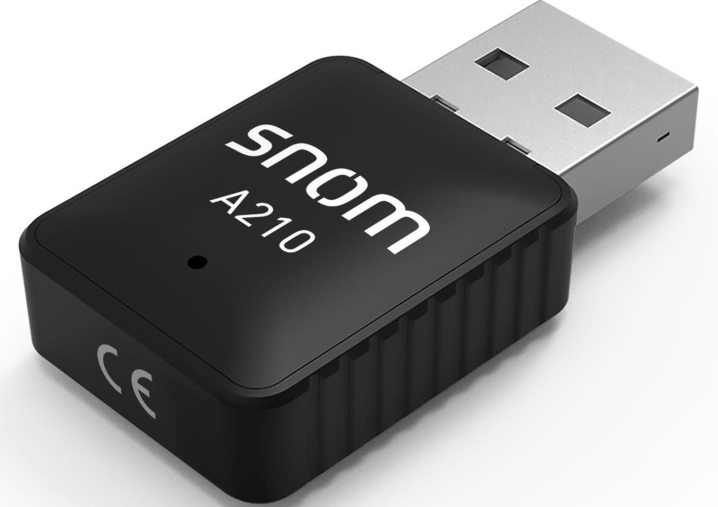
The connection procedure is not as complicated as it might seem at first glance. This is because most of the settings are carried out in automatic or semi-automatic mode. Before connecting, it is recommended to prepare:
- clarify the nuances of the equipment and its settings;
- download and install drivers from the official website of the printer manufacturer;
- create a bootable media in which the driver will be installed.
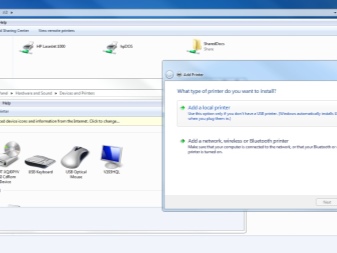
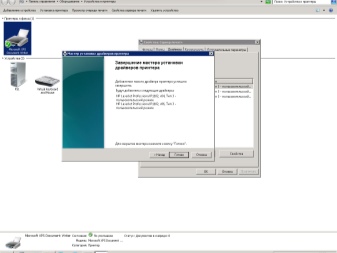
Otherwise, you need to follow these steps to connect the press to your computer.
- You must first disconnect the router and printer from the network.
- Next, you need to connect the printing device to the router. To do this, you will need to use the USB cable that comes with the equipment.
- The third step involves turning on the router and downloading data. When the download is complete, you can turn on the printer.
- Using a LAN cable or wireless network, you will need to access the router interface.
- The fifth step is to enter the special address into any browser. This address can be "192.168.0.1" or "192.168.1.1". Also, the address can be specified on the packaging of the router case; it will be written on a special sticker.
- The next point is to enter authorization data, which means login and password. By default, this data is admin / admin. You can clarify the value on the same sticker or in the documentation that came with the equipment.
- The last thing to do is to make sure that the router recognizes the printer after opening the web interface. It is important that the printing device does not appear as unknown, but is immediately given a name.
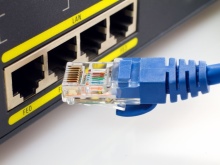
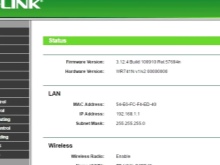

It is worth noting that the sequence was considered on the example of using a router equipped with a USB cable.
If the connection was successful, you can proceed to the next step - setting up your computer.
It is not always possible for the printer to immediately determine the router. The reasons may be as follows:
- the router does not support this type of connection;
- the printer is unable to connect to the device;
- the port or cable is defective.
To solve the problem, you can try to update the router software by downloading a special firmware from the manufacturer's website. If this does not help, then you should use an additional method. It is more complex than standard printer connection options, but it is quite effective.
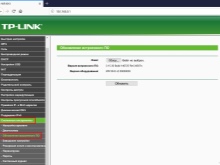
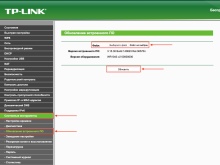

To connect your laptop and router wirelessly, you need to take the following steps.
- Go to the computer control panel. Select "Devices and Printers".
- Go to the "Add a printer" section.
- A window with two items will appear in the user's field of view. In this window, you must select the item "Add a network, wireless printer". As soon as the item is selected, the computer will start searching for suitable equipment. The process is carried out automatically.
- Open the suggested block after the MFP is detected and displayed on the screen.
- Enter the IP, which can be found in the printer documentation or on a sticker.
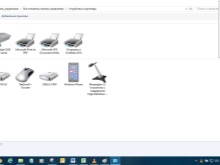
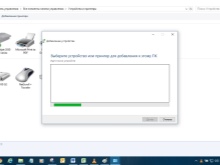
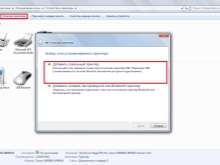
If the connection is successful, the PC user will receive a notification to pair the PC with the output device.
After the device is rebooted, you can start printing any files.
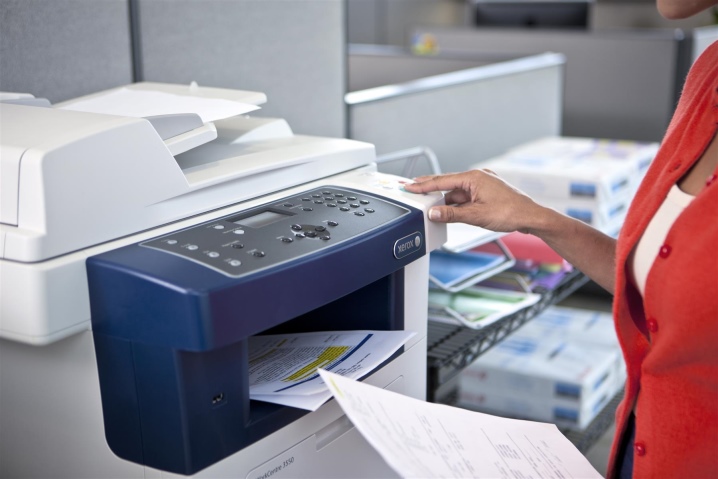
How to setup?
The printer connected to the router is not recognized by the operating system as an independent device. Therefore, if you choose the classic option for pairing equipment with a PC, you will need to add it manually. This requires the following.
- Go to the menu by pressing the "Start" key. Open the "Parameters" section.
- Select the "Devices" subsection. Open a folder called Printers & Scanners. Add a printing device by clicking the corresponding button.
- Wait until the scan for available equipment is complete and click the button that says that the printer you are looking for is not in the list.
- Select "Add printer by IP address" in the "Find a printer by other parameters" window that opens. After that, you need to confirm the operation by clicking the "Next" button.
- In the line that appears, specify the type of device for printing, as well as write down the name or IP-address, which is indicated in the documents that come with the printer. It is worth noting that if an address was entered when connecting to the web interface of the router, then it must be used.
- Refuse to poll the printer by the system and search for a suitable driver. These steps are not necessary, since the user has previously taken care of installing the required software.
- Wait for the system to automatically scan the connected device. The end of the procedure will be the appearance of a window with a message about the absence of the required device.
- Go to the "Device type" section. Here you will need to indicate that the printer is a special device.
- Open hardware parameters. Install LPR protocol.
- Specify any value in the "Queue name" line. At this stage, when confirming the operation, you will need to install the prepared driver for the printer. The user should press the corresponding button, confirming the installation of the software from the disk, and select the archive. You can also start the download by going to Windows Update and choosing the appropriate printer model from the available list.
- Wait until the driver is installed and select "No shared access to this printer". It is worth noting that the user can grant access. In this case, you should choose the option that will be the most optimal.

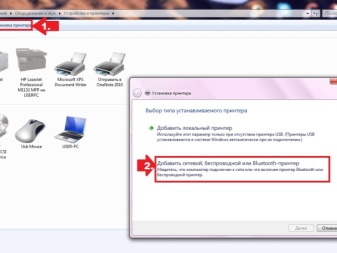
The last step is to confirm the settings and carry out a test print.
If the printer was connected and configured correctly, there will be no problems during the transfer of information to material media.
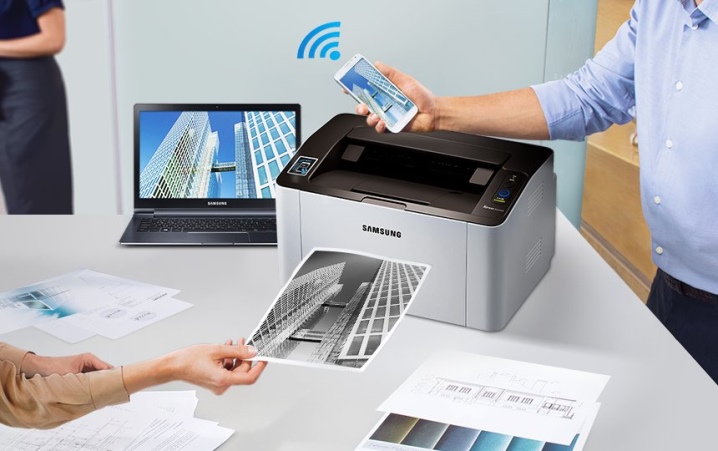
Possible problems
Not everyone succeeds in setting up wireless printing the first time. Sometimes the computer does not see the device or the router refuses to pair with the MFP. Common mistakes that users make when carrying out such a procedure include:
- entering the wrong username and password due to inattentive study of the instructions for the router or printer;
- no USB cable connection;
- no reboot of the router after connecting the printer to save the installed settings;
- no signal due to the fact that the router is not included in the network;
- the absence of a printer in the list of required equipment;
- incorrect installation of drivers or their absence.

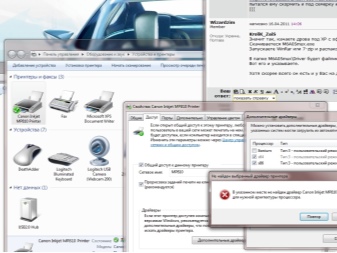
The latter implies that the user did not prepare for connecting the printing equipment to the wireless network and did not find the corresponding archive files of the software manufacturer. Accounting for these errors will help you quickly figure out how to connect the MFP to a local network via Wi-Fi and start printing files. If the device does not connect, you should seek professional help.
How to connect the printer to a computer via Wi-Fi, see below.













The comment was sent successfully.